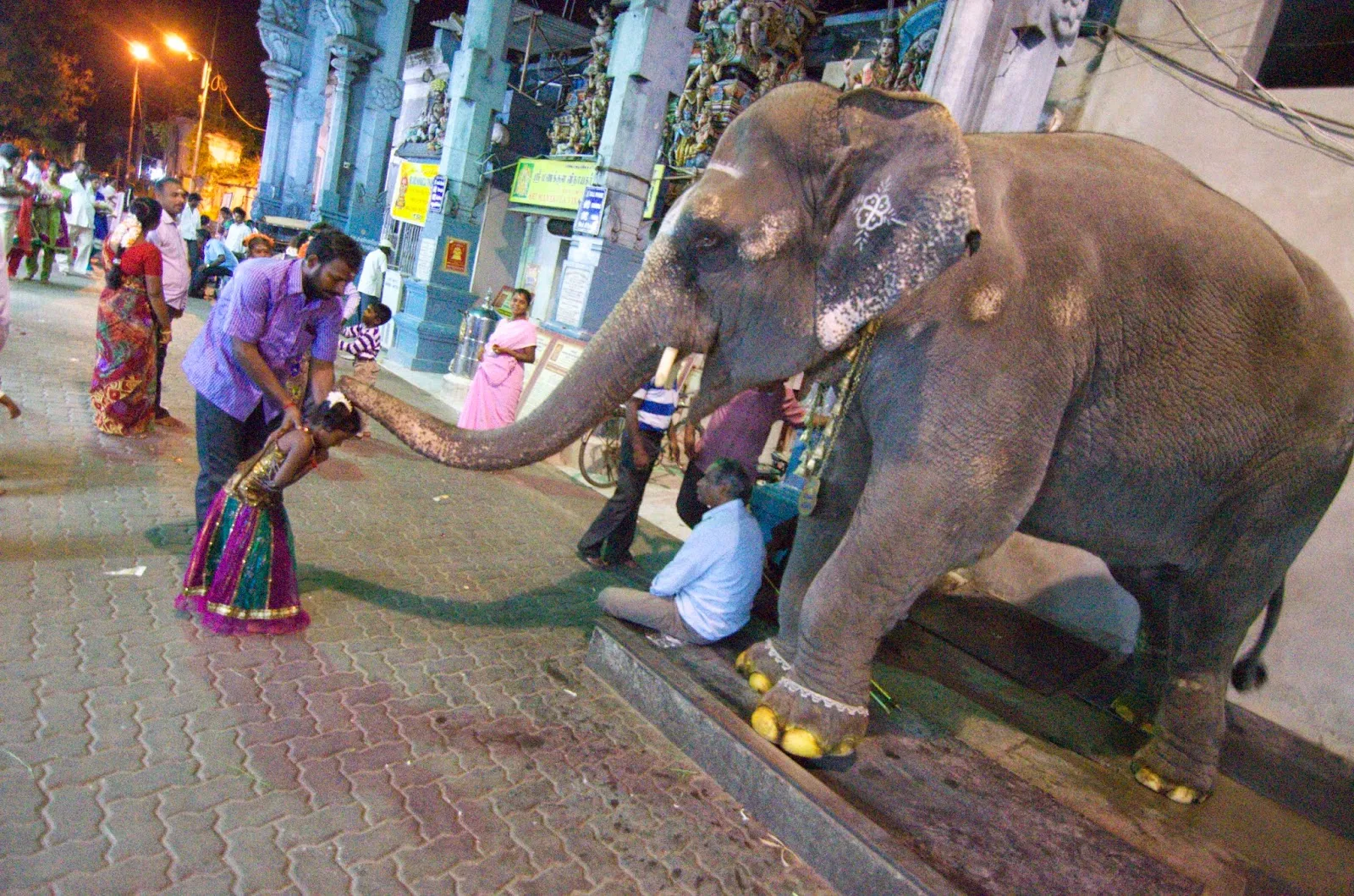So, I haven't had any impulse to put anything anywhere online for quite a long while now. It's like I've been hermetically sealed, I've had nothing much to exude.
I've been in South America for over a month now, I can't tell you exactly how long. I don't know if I have anything I much want to say, except to the dozen or so friends who have asked me to say something, to keep them in the loop.
So, here. For the baker's dozen of you who really will enjoy this, and the few score more who I may slightly amuse:
I'm in Huaraz, Peru, in the middle of the Andes. The town is at 2,100 meters, and the couple excursions I've taken from here above 3,000 have left me - I, who haven't run a sustained mile since I left the army - feeling short of breath. This thin air is no good for me, so I'm seeking sea level tomorrow, I think in Lima. I'll make my mind up at the terminal, because maybe it may make more sense instead to head straight for Bolivia and then Tierra del Fuego.
Anyway, these past three days have been a welter of festivity here, beginning on Friday with All Saints' Eve. I'm not sure what they used to traditionally do here on Hallow's Eve, but this past Friday night as I went out to eat, the streets here were full of families - Peruvian ones - adults chaperoning their kids out trick o' treating:
They - all these little Inca - were just adorable, the photo opps just redounded unto absurdity because the sidewalks were mobbed with these nutty little critters, but since I hadn't been paying attention and so didn't have my camera with me, and was on a mission to find supper not wanting to go back to my digs to get it, I just took a few shots with my phone instead.
They challenge you by saying "Halloween" with a slight accent, instead of Trick o' Treat - which I suspect may be impossible to translate into Spanish or any other language - and often get money instead of candy for loot, but the essential vibe was the same; and since they aren't terrified of the boogeyman down here, they have no phobia against letting their kids loose all over the urban streets in a great throng, propositioning every stranger who happens along.
The two days since have been filled with more traditional observances, mainly families going to their ancestral tombs to have dinner with the dead just like they do in Mexico. I didn't go with them, because I had other things on my mind, so no photos.
But at least you get a post. Cheers.
---
I've been in South America for over a month now, I can't tell you exactly how long. I don't know if I have anything I much want to say, except to the dozen or so friends who have asked me to say something, to keep them in the loop.
So, here. For the baker's dozen of you who really will enjoy this, and the few score more who I may slightly amuse:
I'm in Huaraz, Peru, in the middle of the Andes. The town is at 2,100 meters, and the couple excursions I've taken from here above 3,000 have left me - I, who haven't run a sustained mile since I left the army - feeling short of breath. This thin air is no good for me, so I'm seeking sea level tomorrow, I think in Lima. I'll make my mind up at the terminal, because maybe it may make more sense instead to head straight for Bolivia and then Tierra del Fuego.
Anyway, these past three days have been a welter of festivity here, beginning on Friday with All Saints' Eve. I'm not sure what they used to traditionally do here on Hallow's Eve, but this past Friday night as I went out to eat, the streets here were full of families - Peruvian ones - adults chaperoning their kids out trick o' treating:
They - all these little Inca - were just adorable, the photo opps just redounded unto absurdity because the sidewalks were mobbed with these nutty little critters, but since I hadn't been paying attention and so didn't have my camera with me, and was on a mission to find supper not wanting to go back to my digs to get it, I just took a few shots with my phone instead.
They challenge you by saying "Halloween" with a slight accent, instead of Trick o' Treat - which I suspect may be impossible to translate into Spanish or any other language - and often get money instead of candy for loot, but the essential vibe was the same; and since they aren't terrified of the boogeyman down here, they have no phobia against letting their kids loose all over the urban streets in a great throng, propositioning every stranger who happens along.
The two days since have been filled with more traditional observances, mainly families going to their ancestral tombs to have dinner with the dead just like they do in Mexico. I didn't go with them, because I had other things on my mind, so no photos.
But at least you get a post. Cheers.
---








































